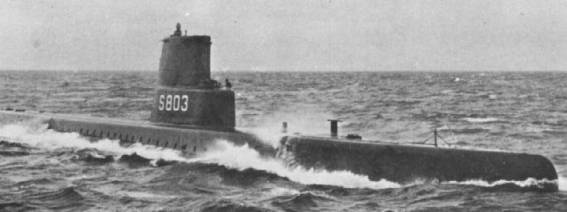February 13, 1959
Amahai and Letfuan, Indonesia
Right behind the eight light bombers, the Shenyang F-5s of Air Squadrons 11 and 12 roared down the runway to escort the cumbersome bombers all the way to their targets. This mission, like it was for the bombers, was stretching their endurance to the limit. Every fighter carried two 400L drop tanks to extend their range as much as possible. Even so, they would have only enough fuel for five minutes of combat. That would have to be enough.
For the first time, every pilot flying the mission would be Indonesian. Air Chief Marshal Soerjadi Soerjadarma had asked the Soviets and Chinese if they would allow some of their "advisors" to fly the mission as well, but they had refused due to the amount of time the aircraft would spend in Dutch airspace. They couldn't risk any of their pilots being captured if they were shot down. While that was entirely reasonable and he understood why they had refused, he would still feel better about their odds of success if they had some more experienced pilots to leaven their ranks.
While he had full confidence in Colonel Roesmin Noerjadin, the Commanding Officer of Air Squadron 11 and commander of the fighter screen, the majority of his pilots were still green. They had been highly trained by their Soviet and Chinese trainers, and a few had even flown real combat missions against the Permesta rebels. But they still didn't have anything close to the hours and hours of training that the Dutch had. His pilots were flying the better aircraft, but he himself knew that a better plane wasn't an automatic win against a better pilot. Of the several dozen young men that were taking to the air this morning to carry out their country's orders, not all would be returning.








